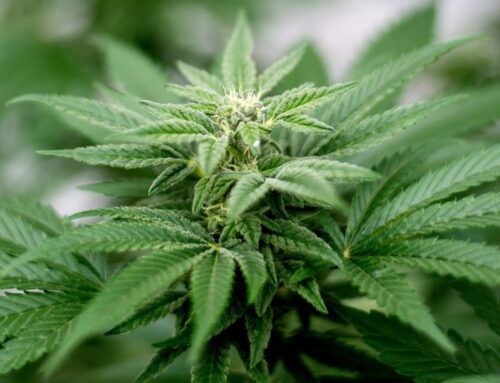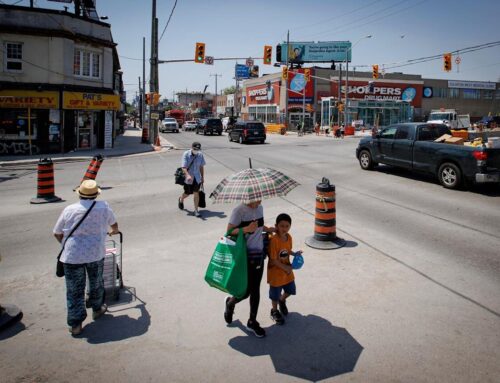How Development Banks Could Unlock Billions for Renewable Energy
June 21, 2025
Year after year, the leaders of developing countries across the globe plead with high-income countries to invest in a global green transition. Many low-income countries are open to exploiting their natural resources to develop their renewable energy capacity, through wind and solar, and other energy projects. However, establishing new energy sectors and transitioning away from a reliance on fossil fuels will require significant financing, and many countries simply do not have the funds to invest in green energy. Now, the Inter-American Development Bank (IADB) may offer the financial plan needed to help expand the global renewable energy capacity.
In 2024, the UN Trade and Development (UNCTAD) established a new collective quantified goal, or NCQG, of at least $300 billion annually for developing countries’ climate action by 2035 and the aim of working toward mobilising $1.3 trillion in international climate finance over the same timeframe. The funding includes bilateral finance (country to country), multilateral finance (from multilateral development banks (MDBs) and multilateral climate funds), and private finance mobilised by public funds. However, achieving this level of financing is no easy feat, as many high-income countries fail to live up to their climate pledges.
At COP29, MDBs pledged to provide $120 billion in climate finance to low- and middle-income countries by 2030, around double the amount they contributed in 2022. “Nearly half of the climate finance flowing from developed countries to emerging economies comes from the system of multilateral development banks (MDBs), where developed countries are typically the main shareholders,” said Avinash Persaud, a special adviser on climate change to the president of IADB. However, pushing this financing even higher will be difficult and may require innovative approaches to climate funding.
Persaud has developed a plan aimed at spurring billions of dollars of investment in the green economy of low-income countries worldwide, which is supported by the IADB. The plan may even be able to provide the bulk of the $1.3 trillion in annual climate investment. “This could be an engine for green growth, and produce the trillions needed for climate finance in the future… It could be a transformation,” Persaud stated.
This week, Persaud will present his plan at a UN meeting in Germany that focuses on the November COP30 climate summit to be held in Brazil. He plans to buy up loans for renewable energy projects in the developing world to allow for billions of dollars in private investment to flood into the sector, thereby increasing global climate finance. This would require getting taxpayer-funded development banks to buy existing loans for green energy projects in low-income countries to free up investment from private sector lenders.
The loans are viewed as relatively low risk as they are already performing. However, many private sector investors are prohibited from getting involved in these types of financial agreements, as they are in developing countries, many of which have credit ratings that are too low to meet loan requirements. However, if those loans were to be backed by a development bank, which was willing to provide a guarantee against default, the “repackaged” loan finance could meet private sector criteria.
“The lightbulb moment was realising there was $50 billion in performing green loans in Latin America,” said Persaud. “Why not buy that to enable new projects to be created?” he added.
To be eligible for the loan payment, the originators of the renewable energy projects would need to agree to use the funding to finance new green energy projects. This would allow developers with experience in establishing renewable energy projects to expand their portfolios by investing in new projects, which may attract further private sector investment.
The IADB aims to launch the initiative immediately and send request proposals over the coming months, ahead of COP30. The initial loan portfolio is expected to be between $500 million and $1 billion. The initiative is already gaining traction, as experts in climate financing see the potential in the scheme.
Mattia Romani, a senior partner at the COP30 climate finance consultancy Systemiq, stated, “It is a very powerful initiative, both pragmatic and innovative. Given the constraints we will inevitably face in the coming years, securitisation is one of the few realistic tools to reach [the required financing]. Romani added, “This initiative is designed to unlock institutional capital by leveraging the balance sheets of domestic commercial banks – securitising their loans so that they can meet the fiduciary needs of institutional investors, and turning them into engines for transition finance. What’s new is the direct engagement with local banks – we are starting with a pilot in Latin America.”
Innovative approaches to climate funding could help increase financing for green energy projects across developing countries and tackle some of the institutional hurdles to climate funding. As several high-income countries fall short on their climate pledges, including promises of funding for green energy projects in low-income countries, the repackaging of loan finance could allow private investors to increase their investment in the energy transition.
By Felicity Bradstock for Oilprice.com
More Top Reads From Oilprice.com
- Chinese Firm Secures Key Gas Block in Algeria
- Middle East Conflict Sparks Exodus of Foreign Oil Personnel
- Chevron Explores Sale of Singapore Refinery Stake
Search
RECENT PRESS RELEASES
Related Post




